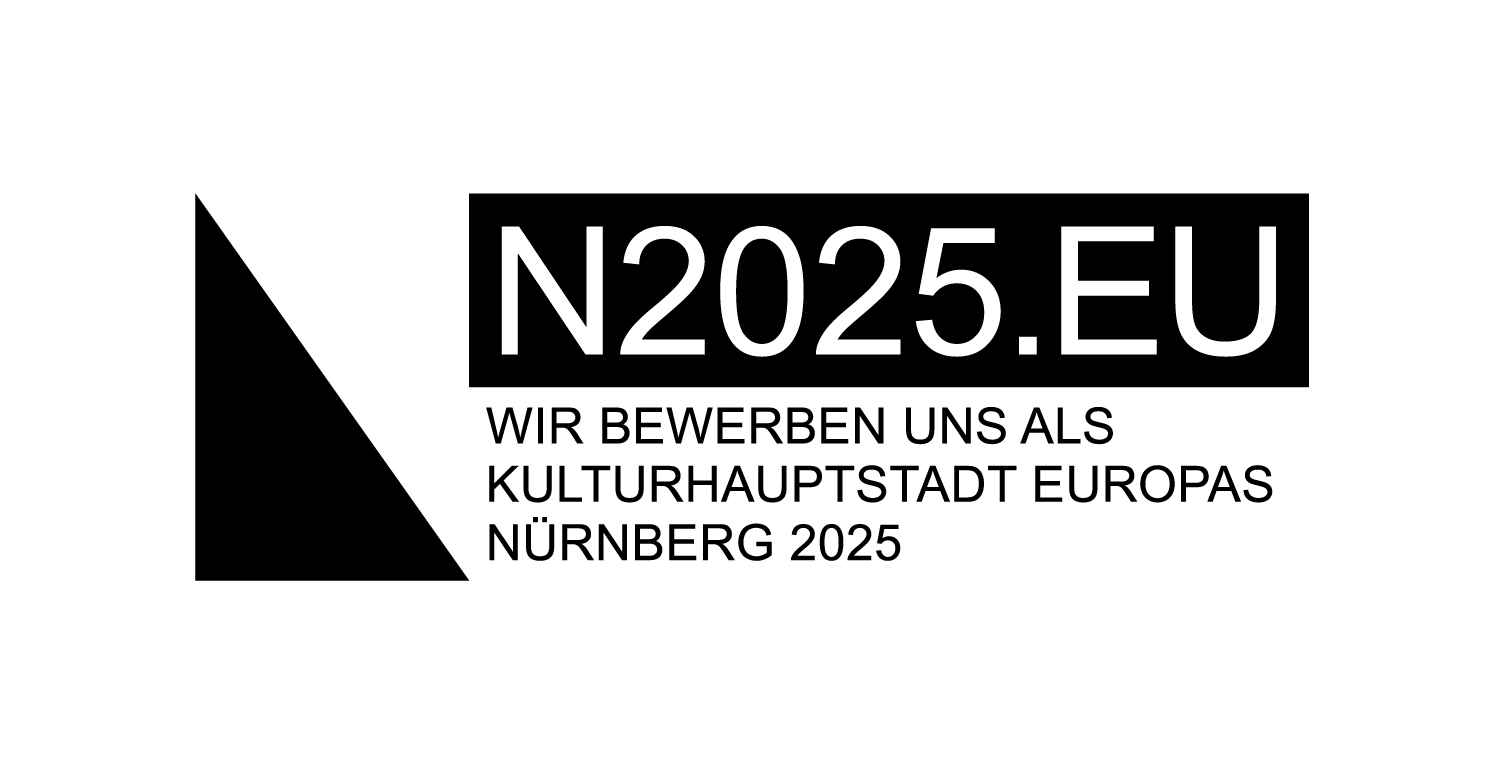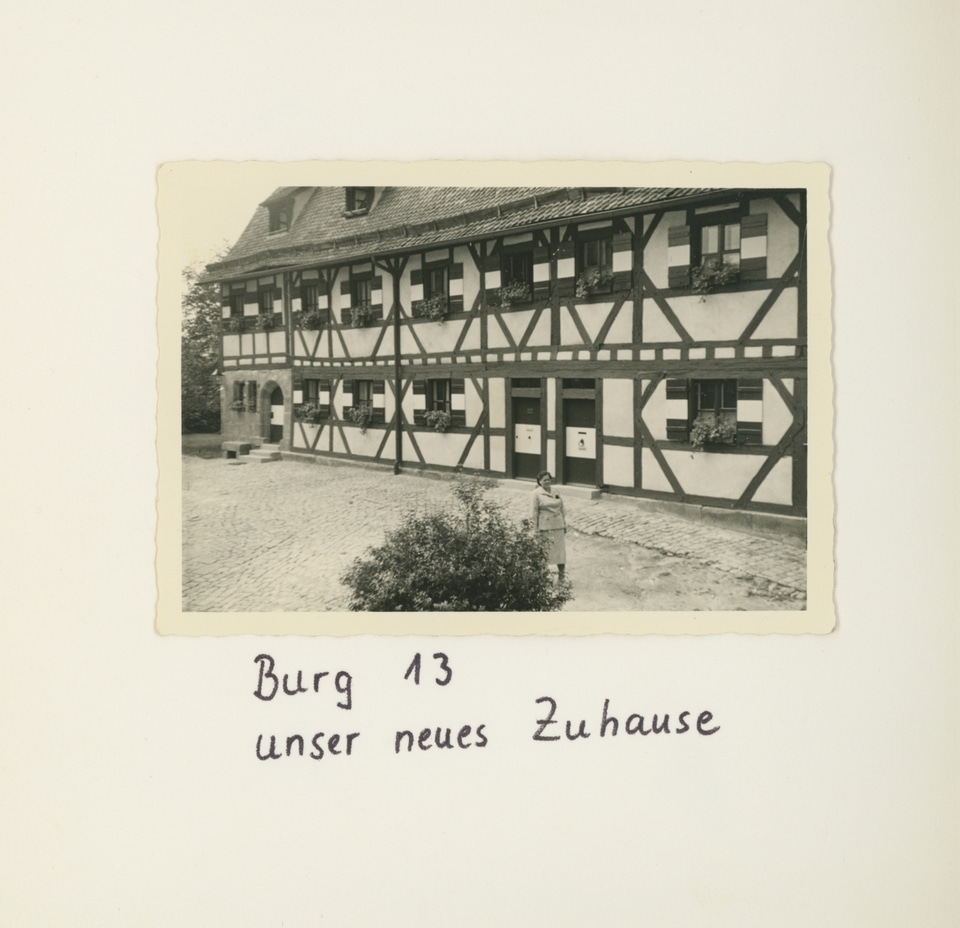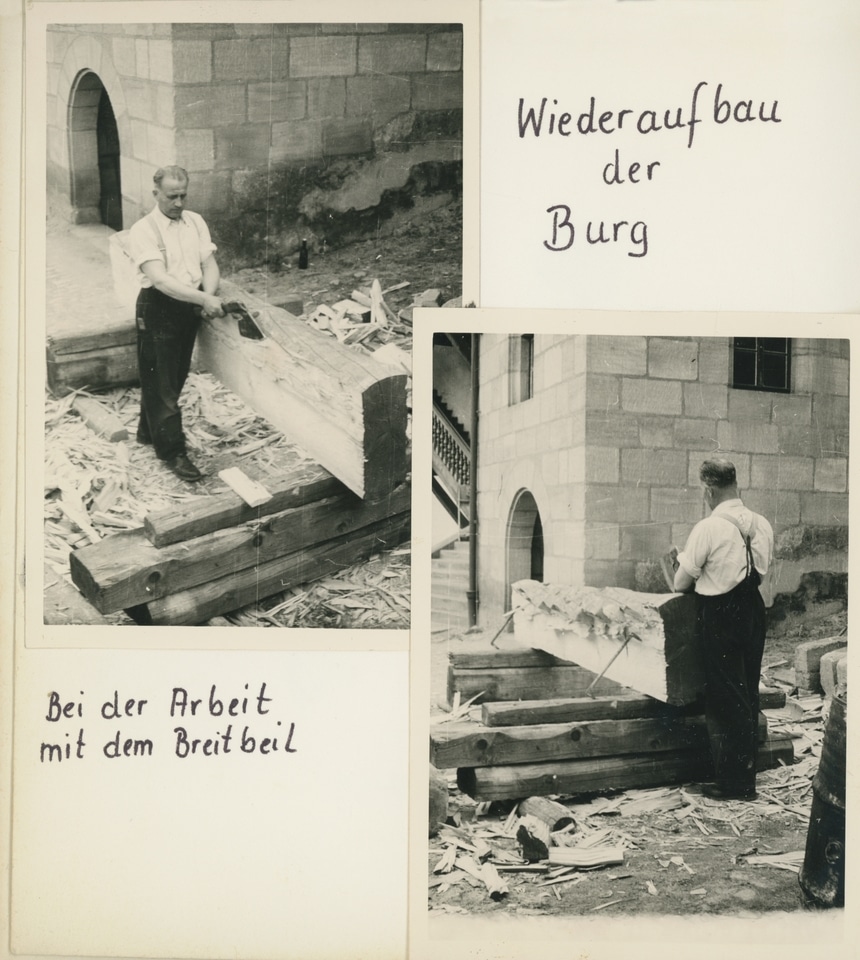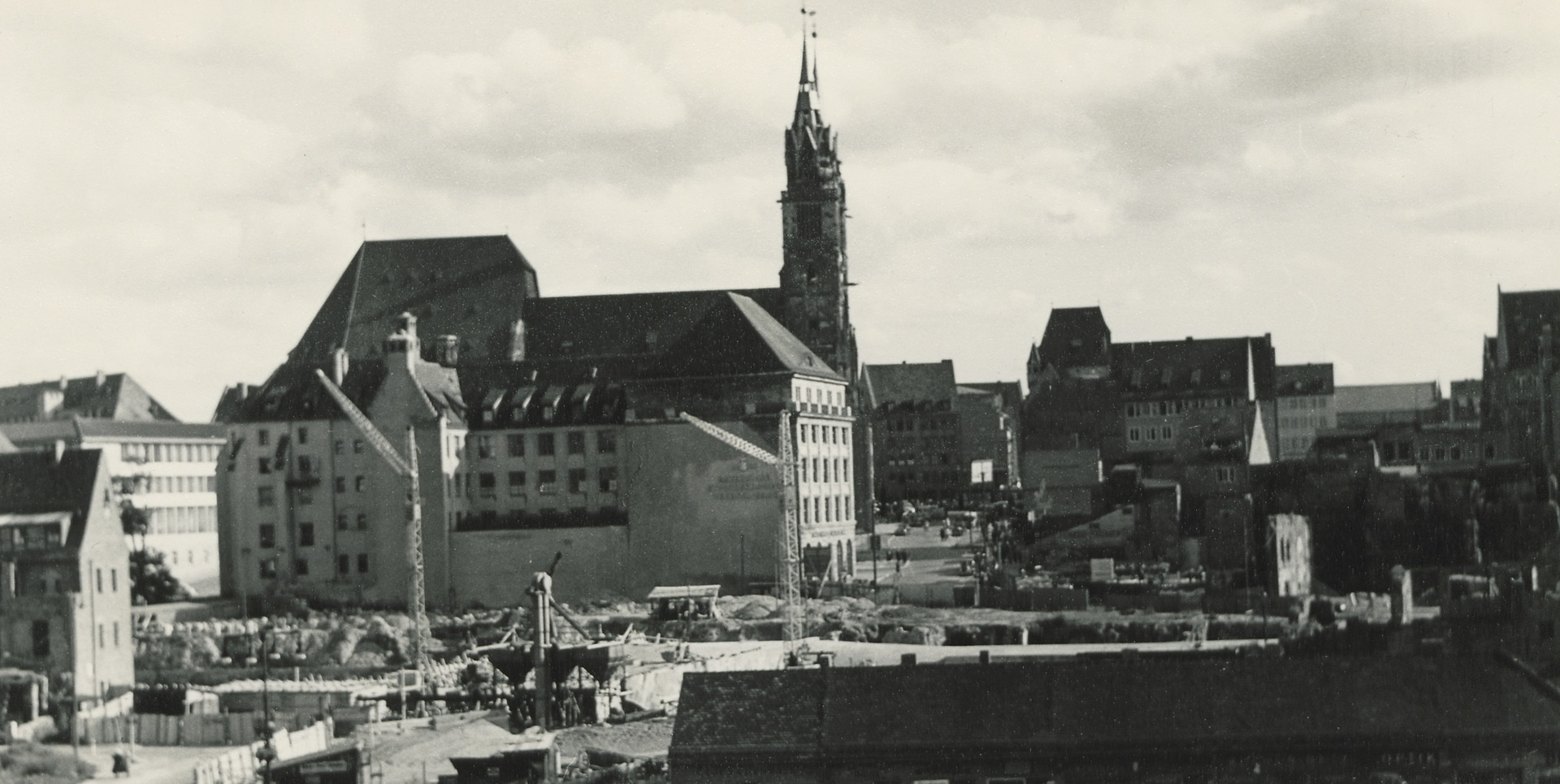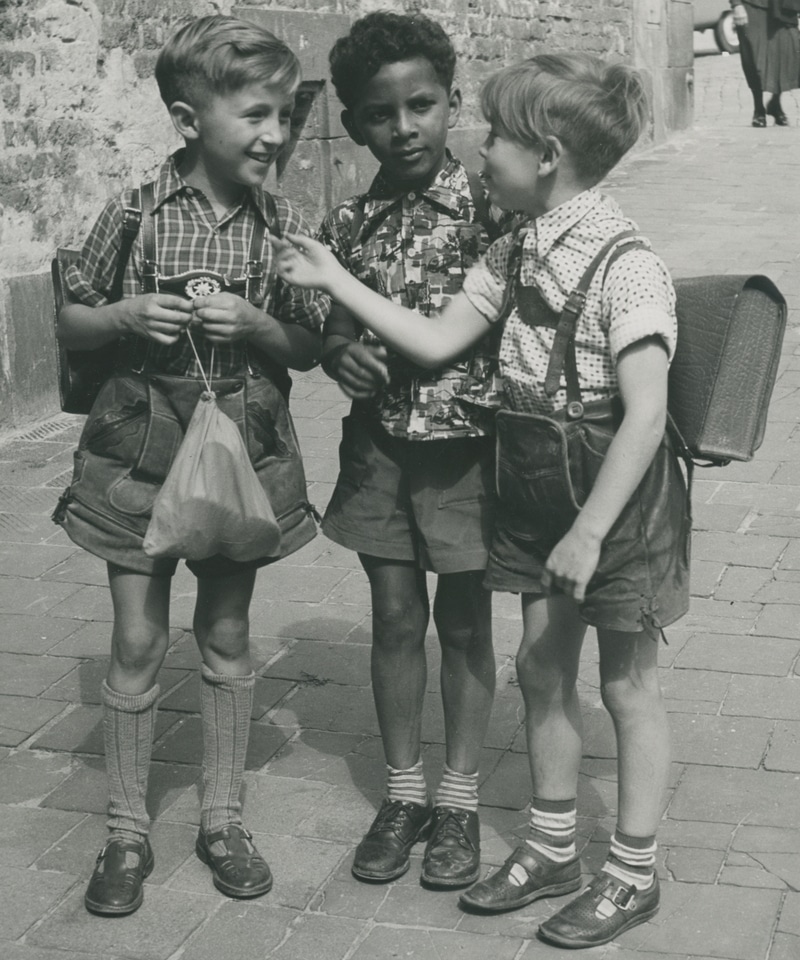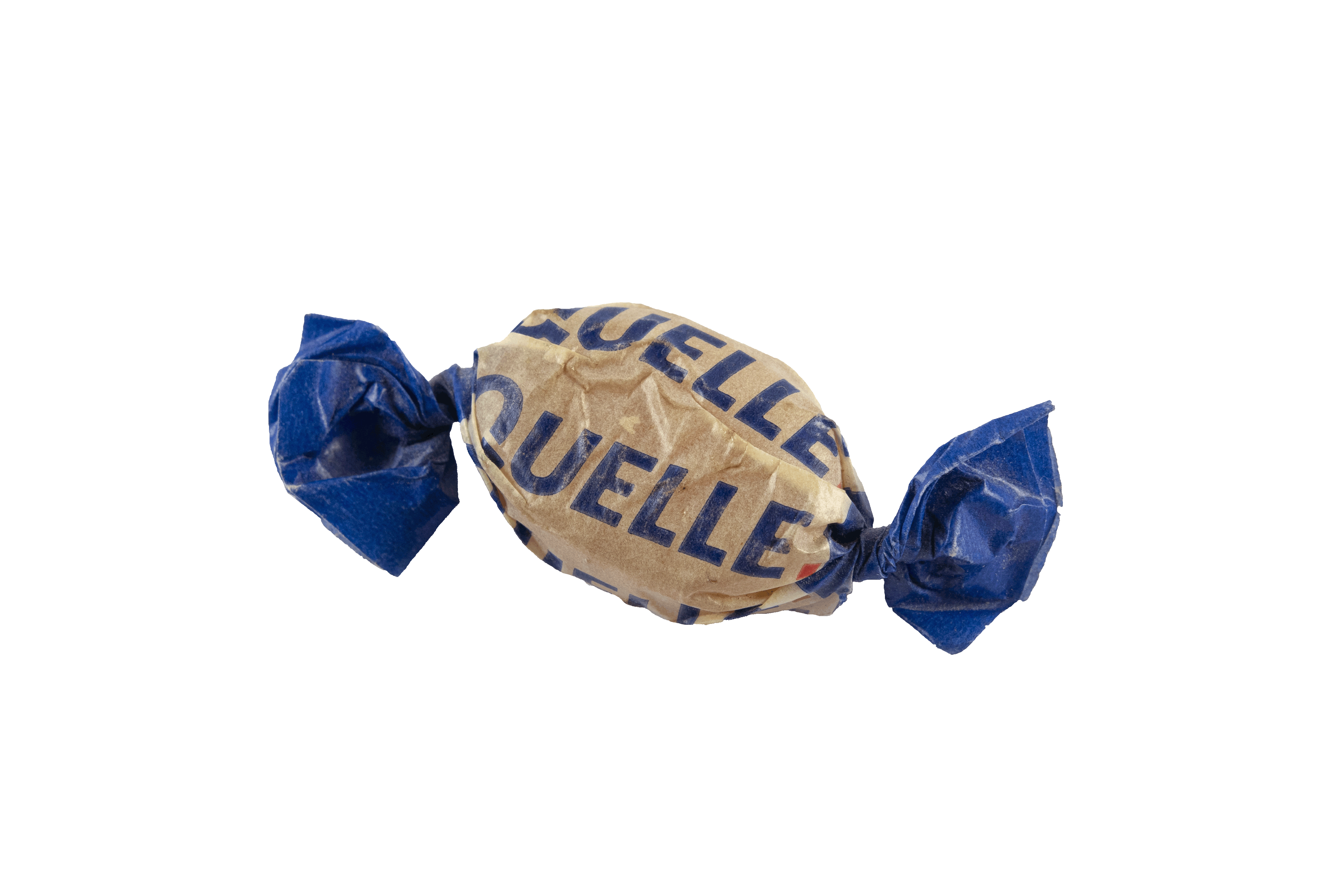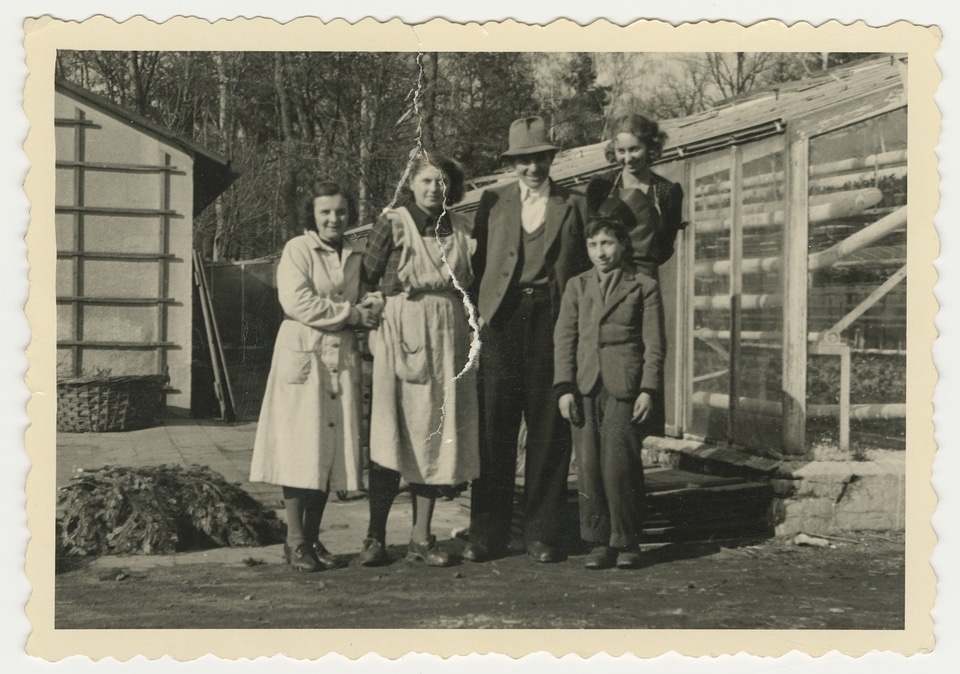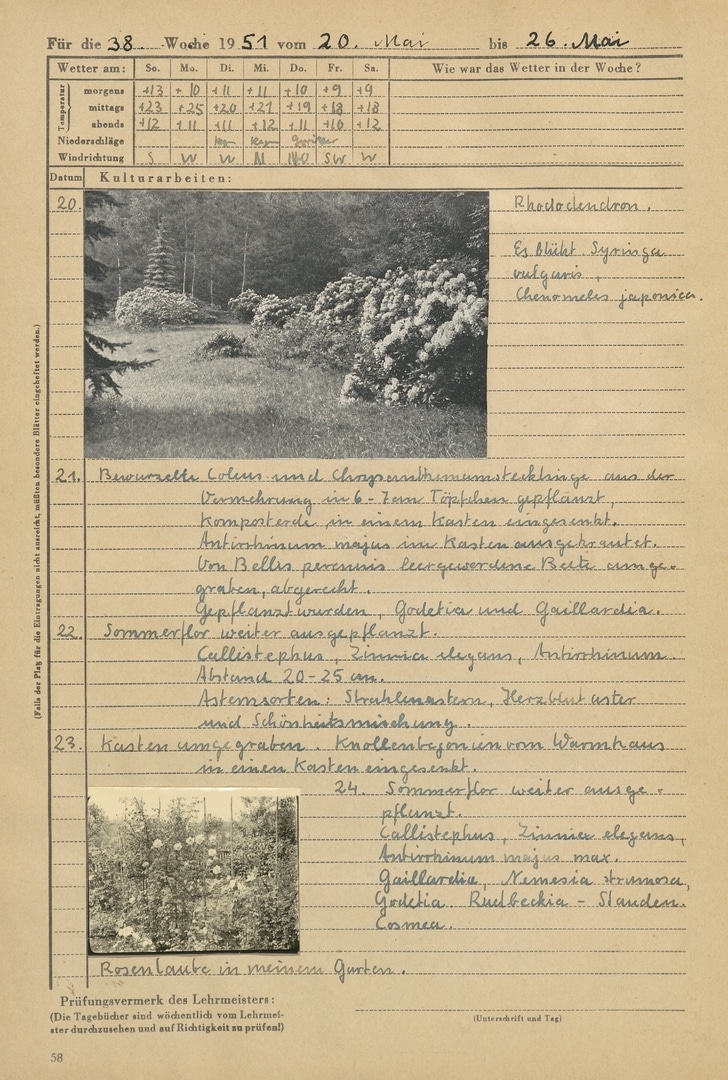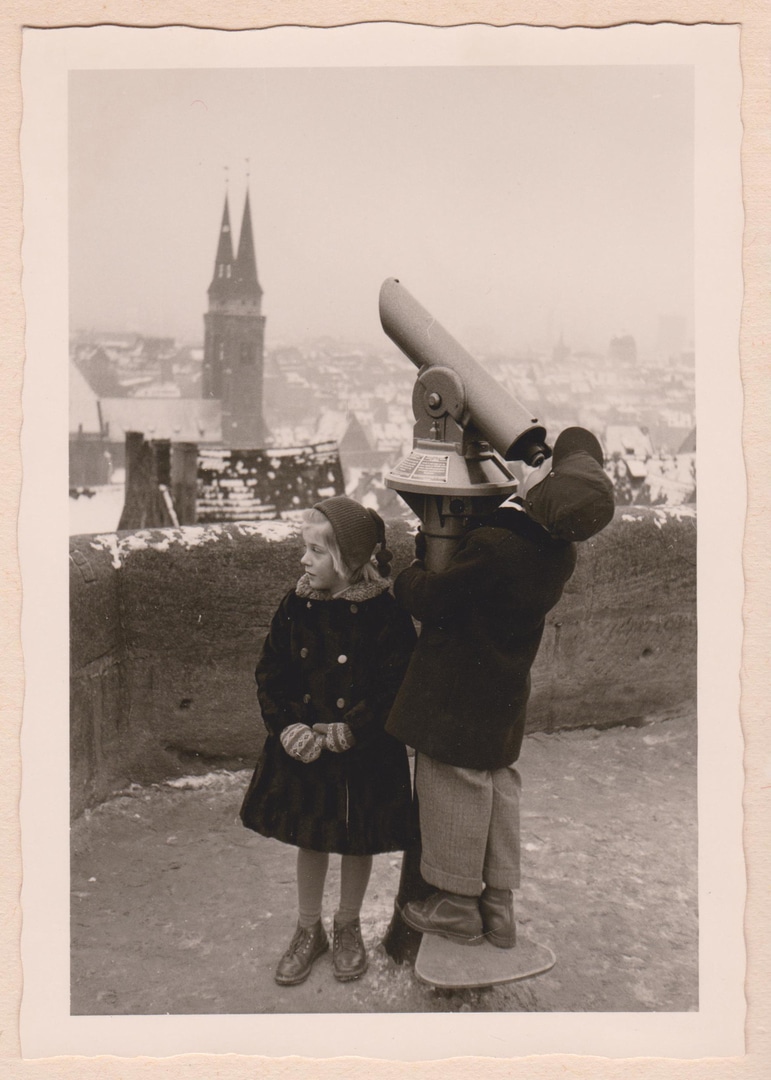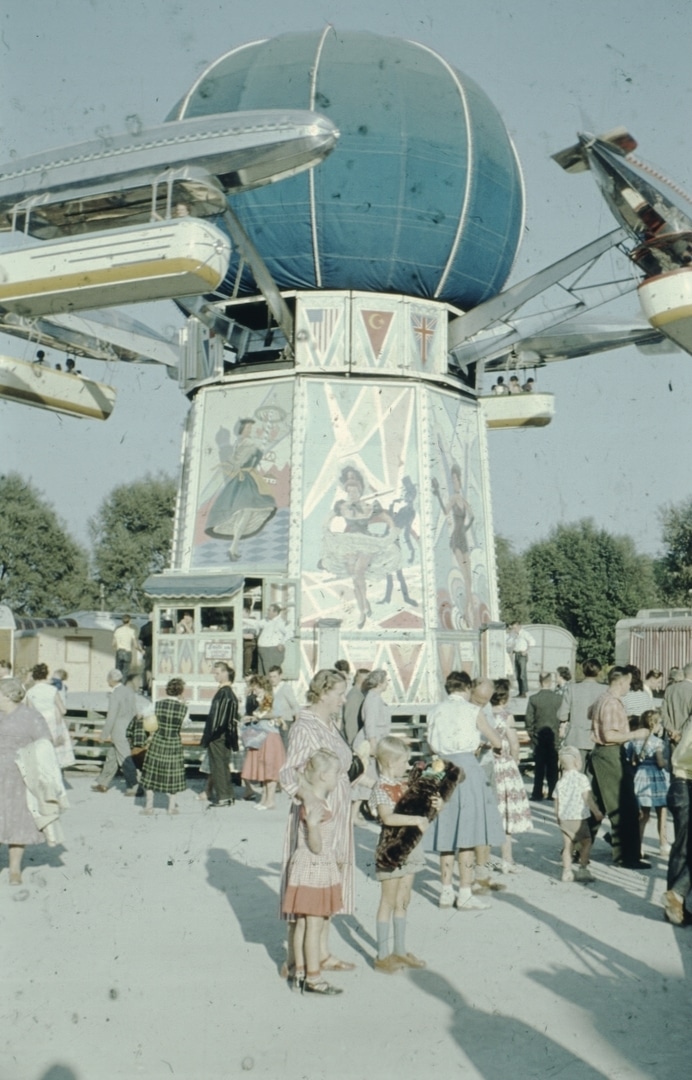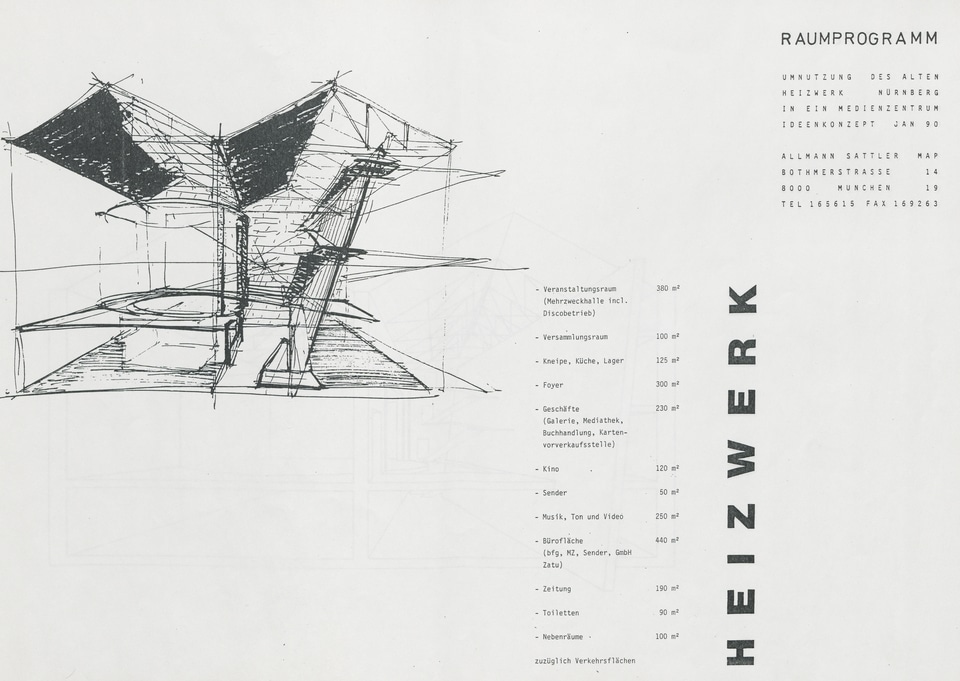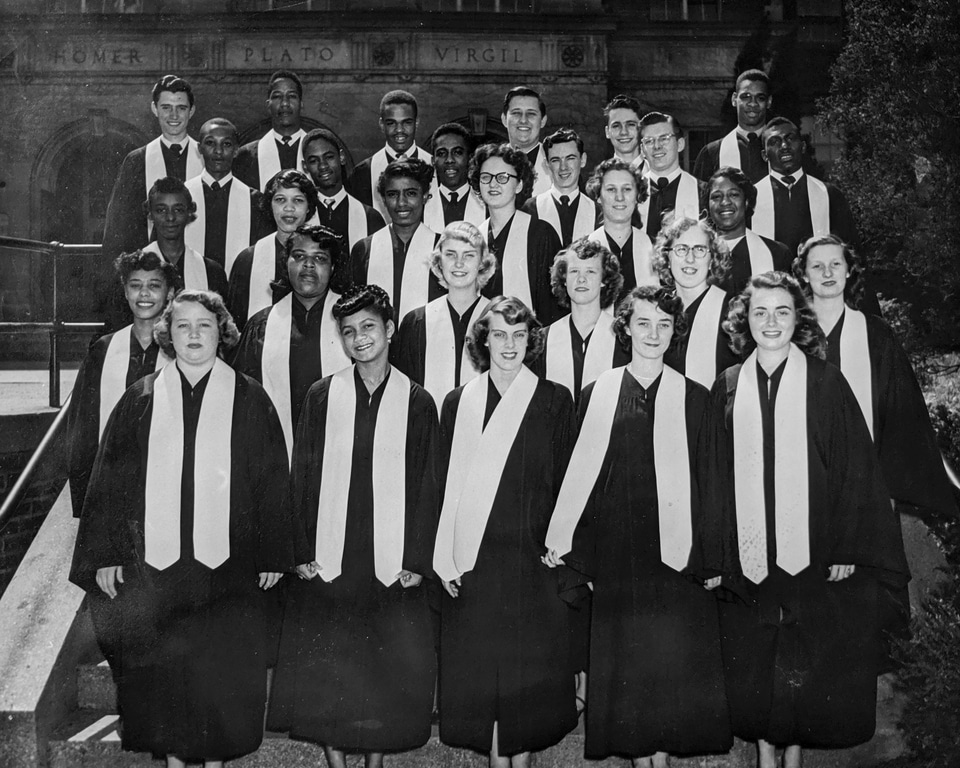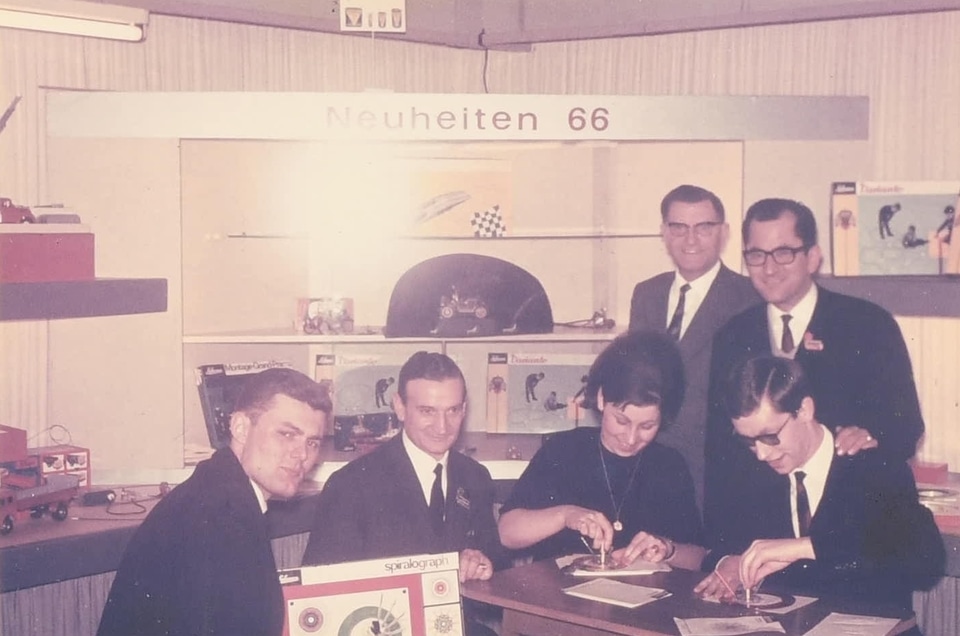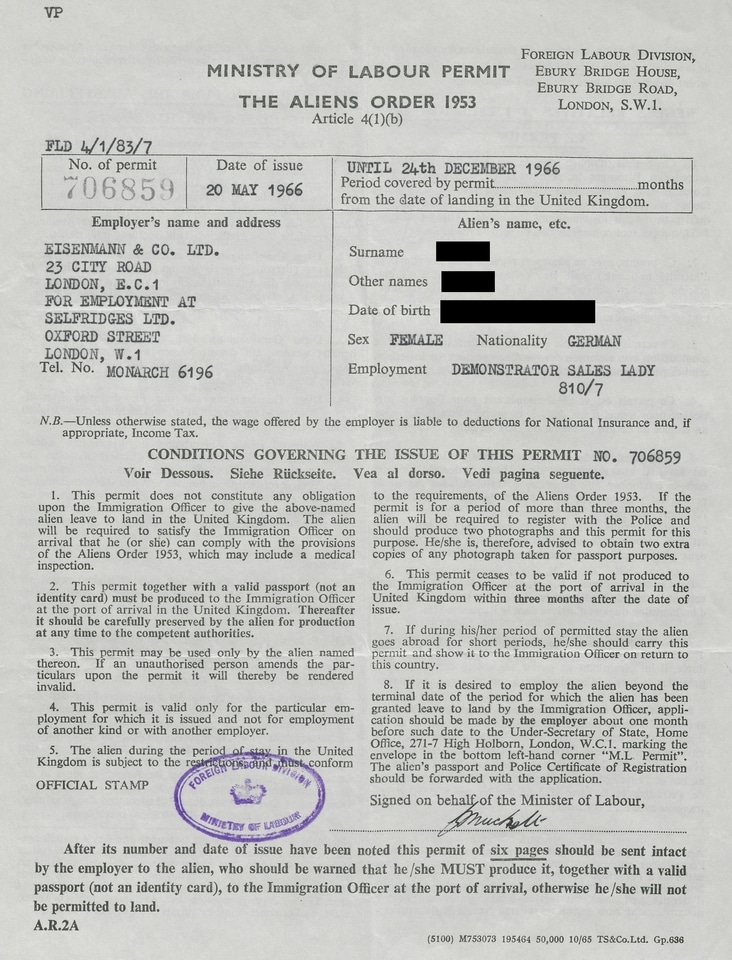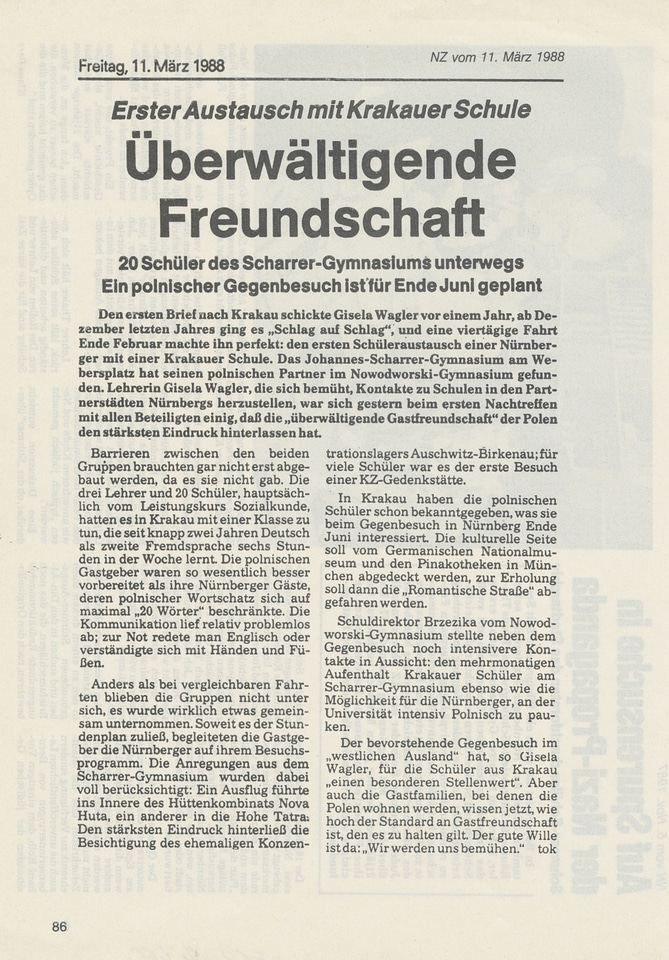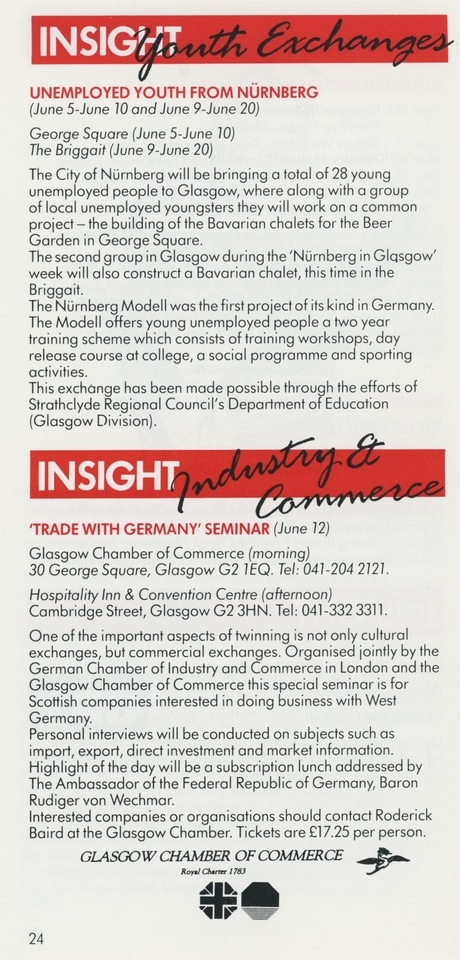N2025 – The application
The Nuremberg City Archive is actively participating in Nuremberg's application for the designation of European Capital of Culture in 2025 with the project "People Make City's History!". First hurdles have already been cleared, and Nuremberg has reached the second round of the application process. At the end of 2020, the decision will be made as to which applicant cities will receive the award. With the participation of numerous citizen initiatives, institutions and individuals, a diverse cultural programme with overarching themes has been developed. Guided by the motto PAST FORWARD the application looks to the future without losing sight of the past. This is, then, the perfect motto for characterizing the Nuremberg City Archive's contribution to this great and unique project involving the entire city.
More information at N2025.de
